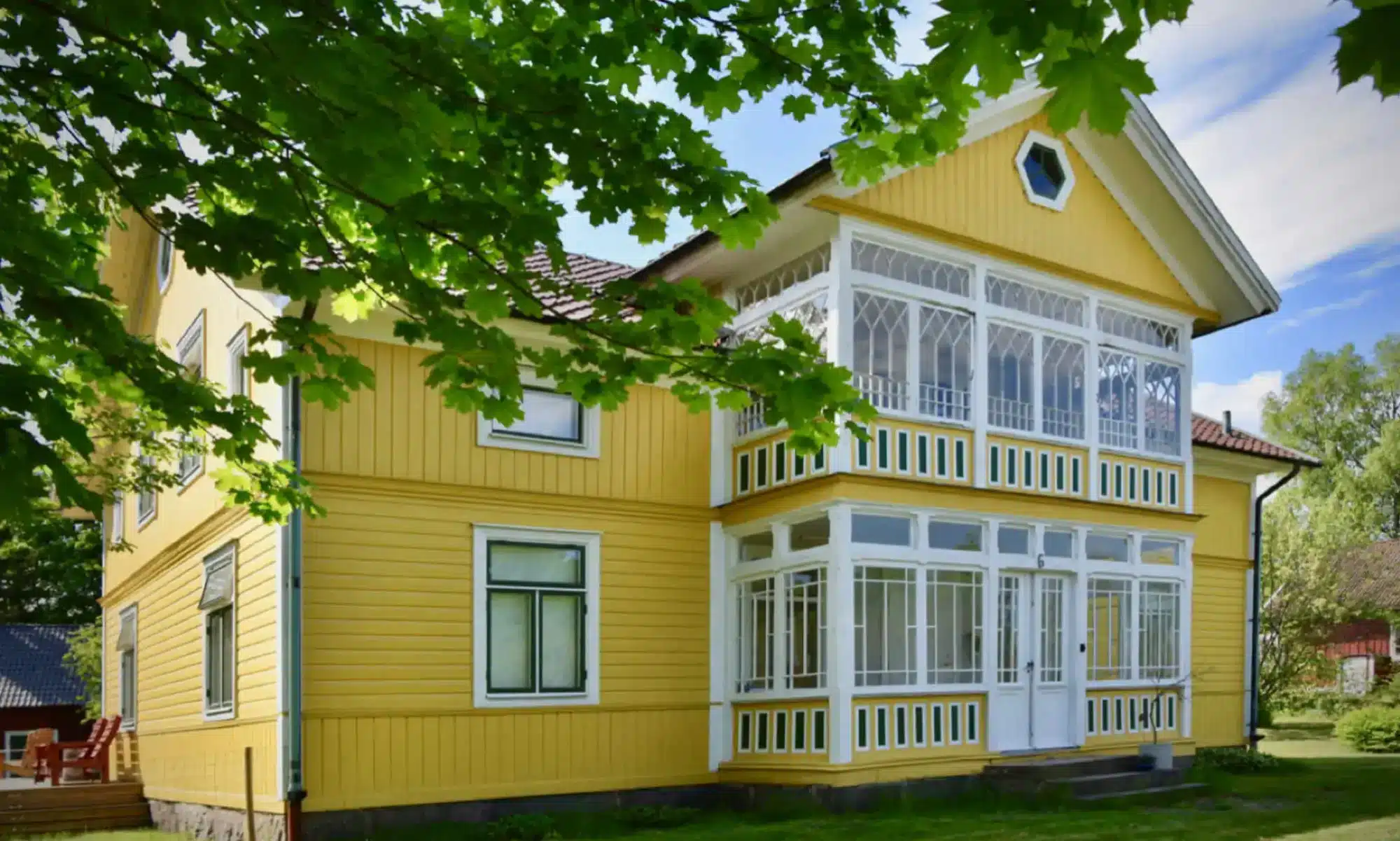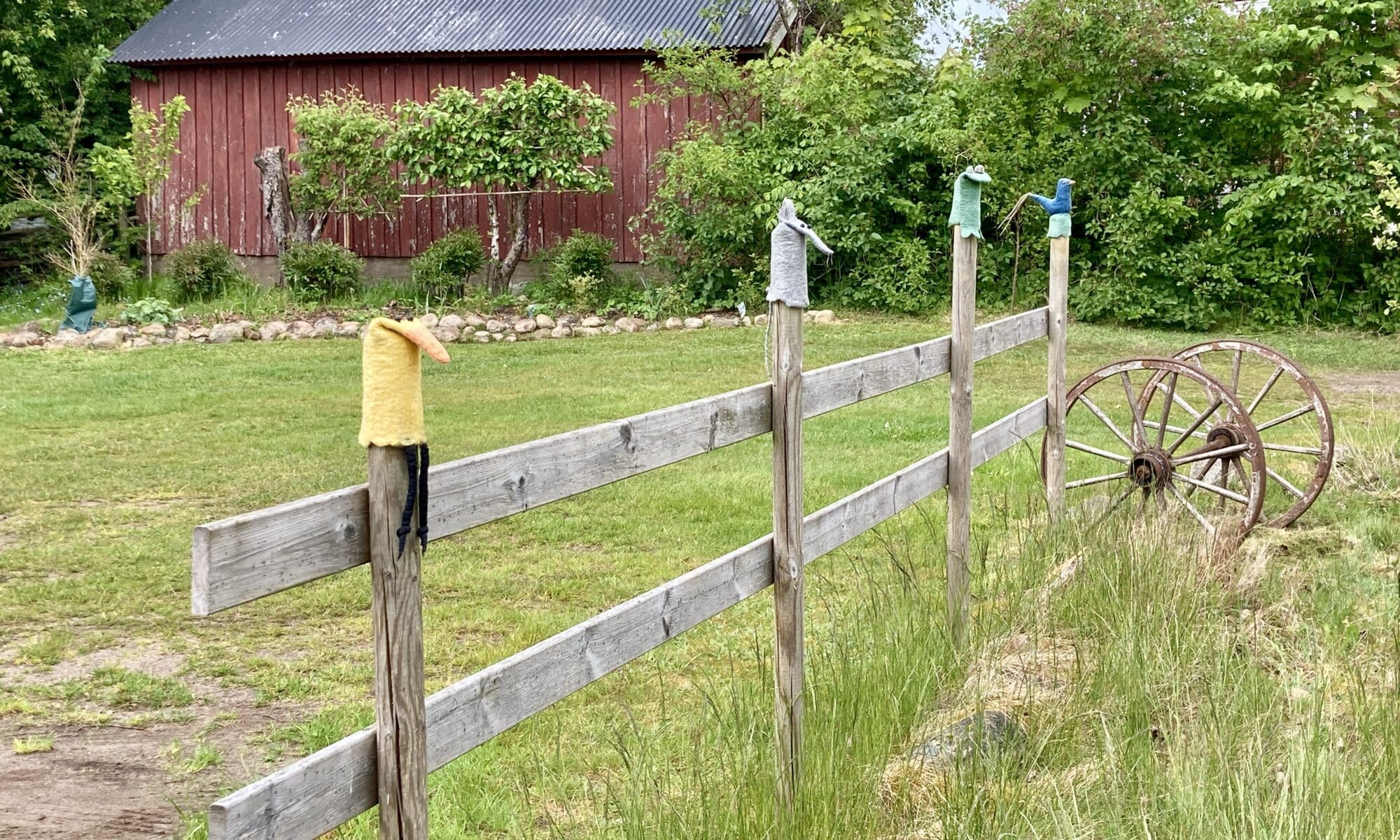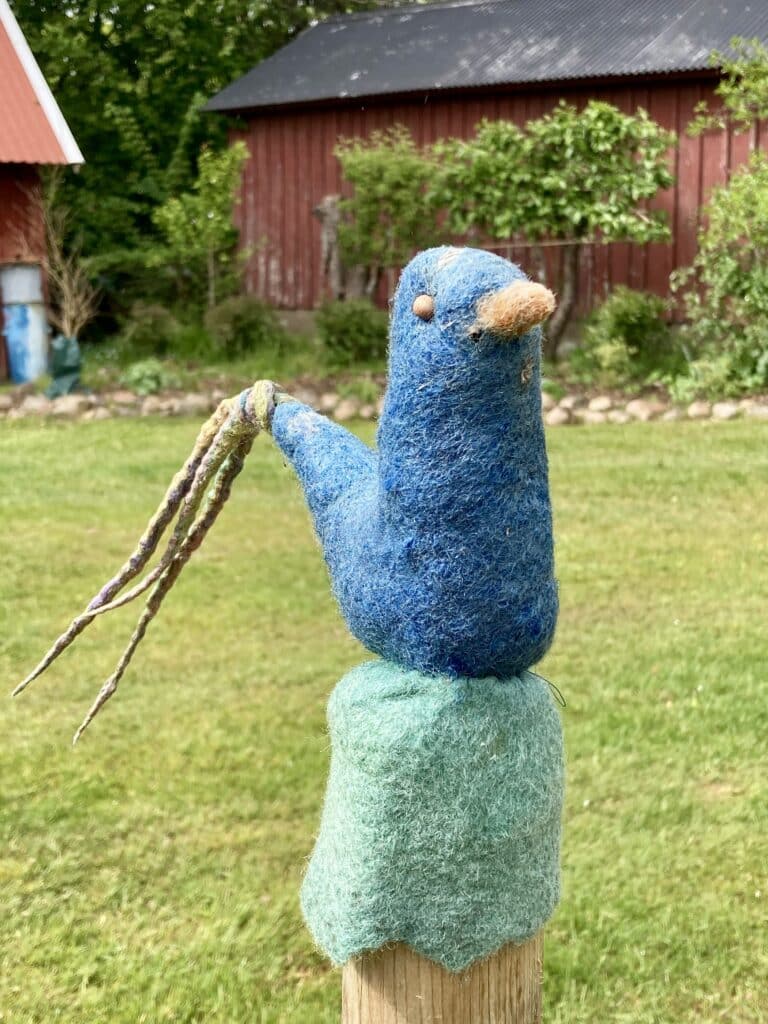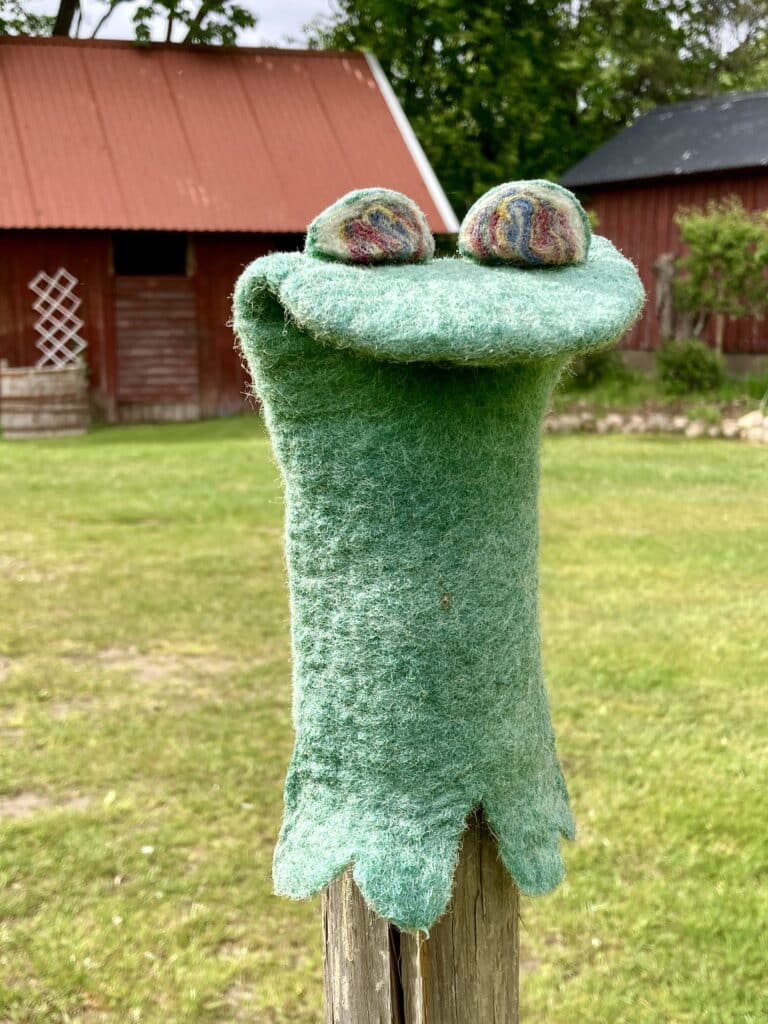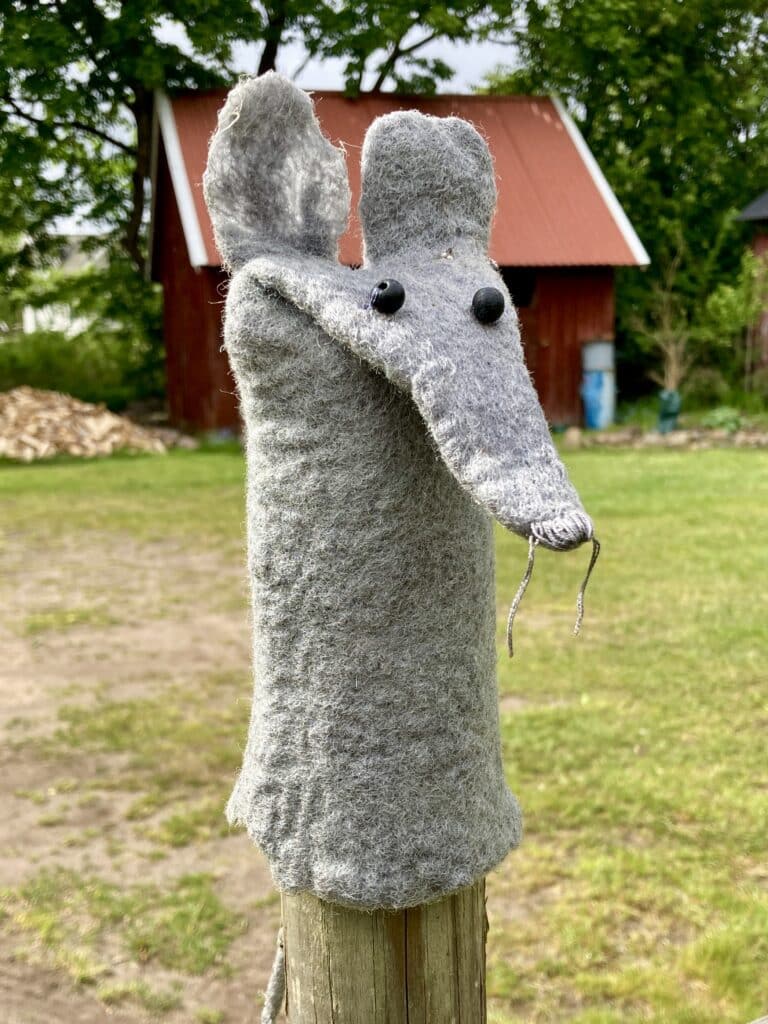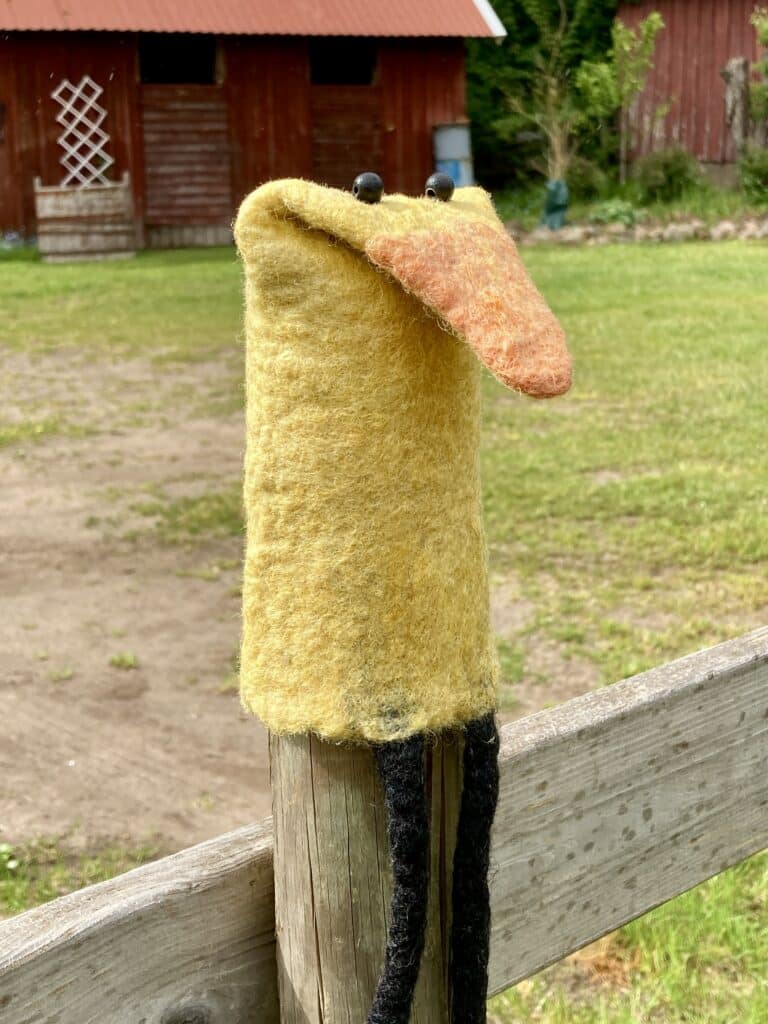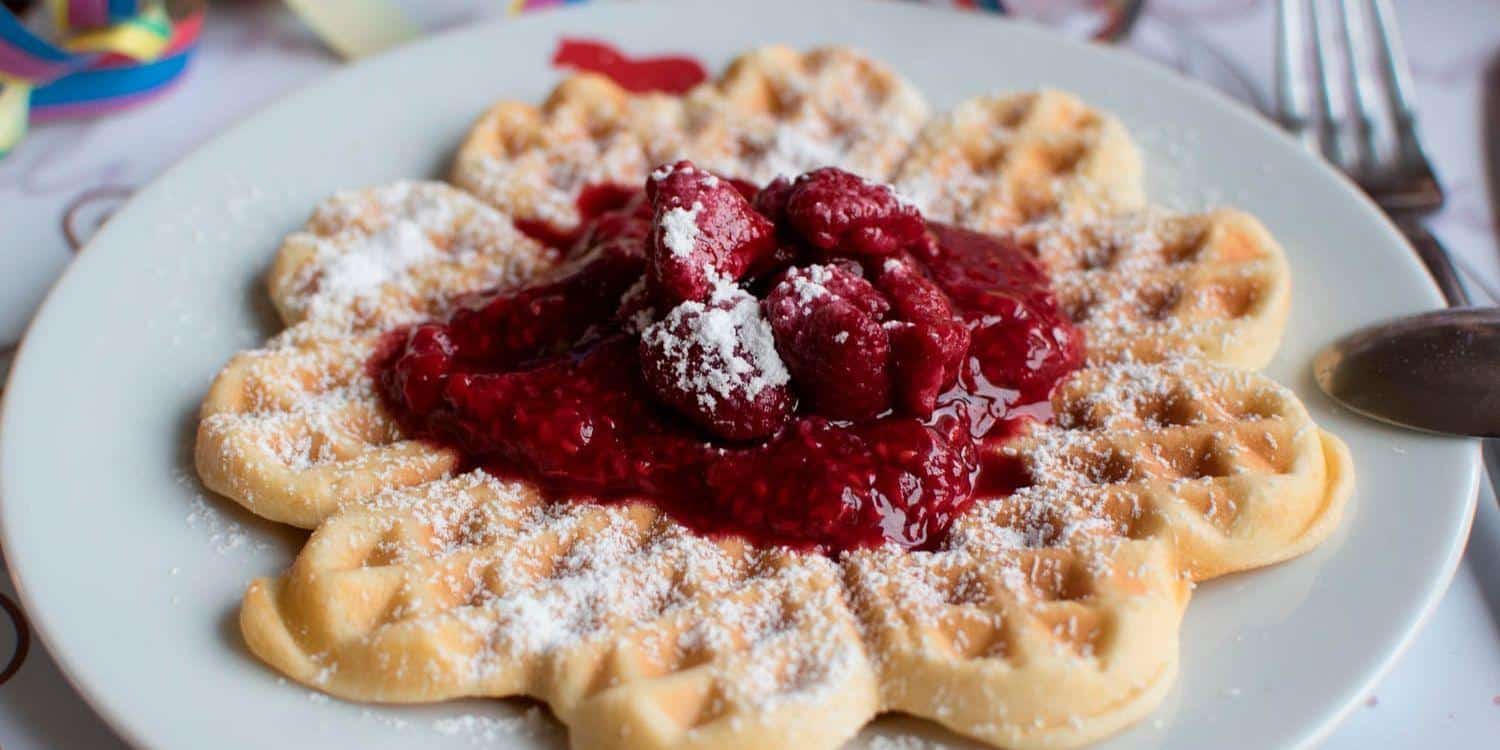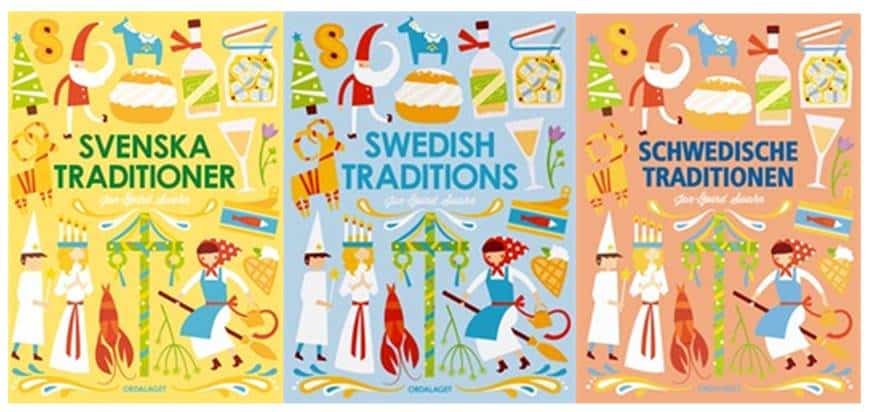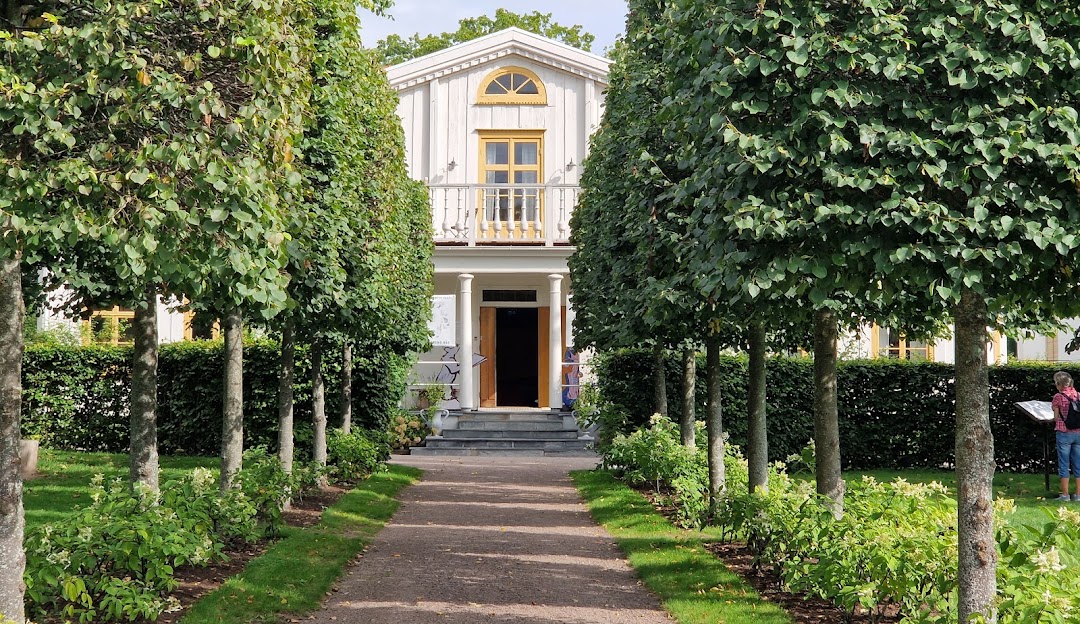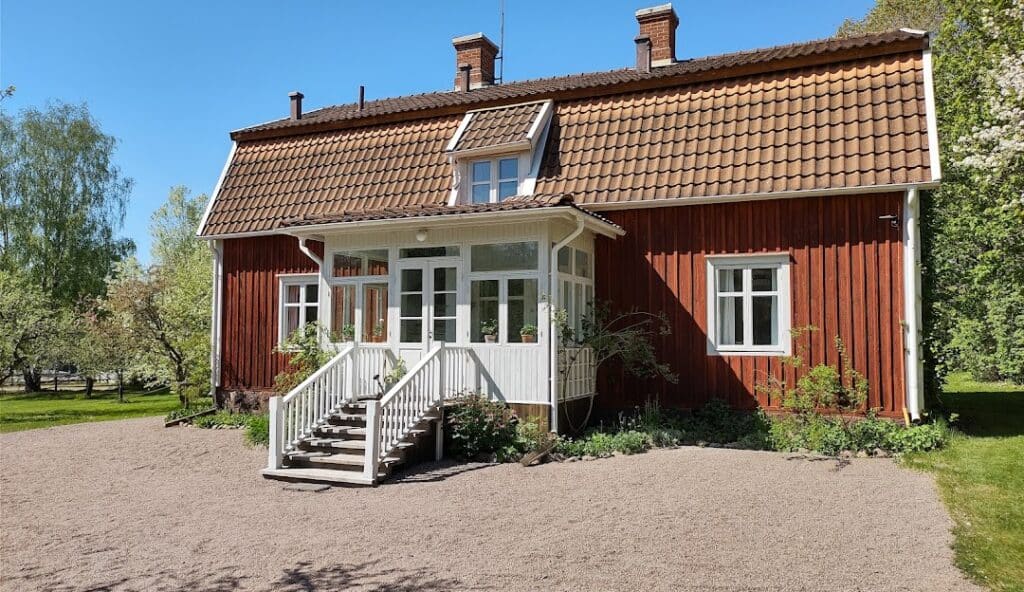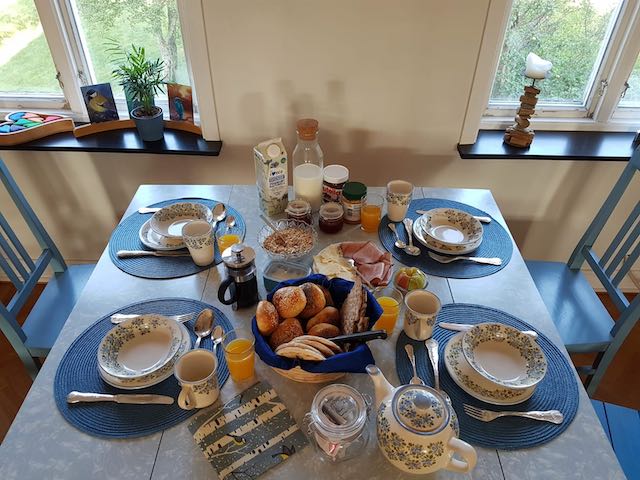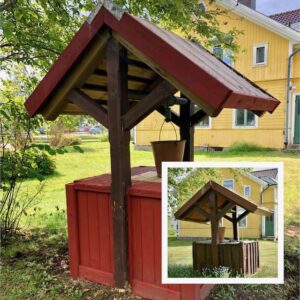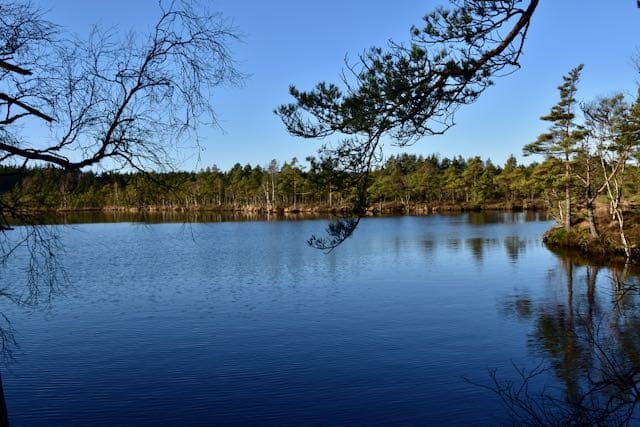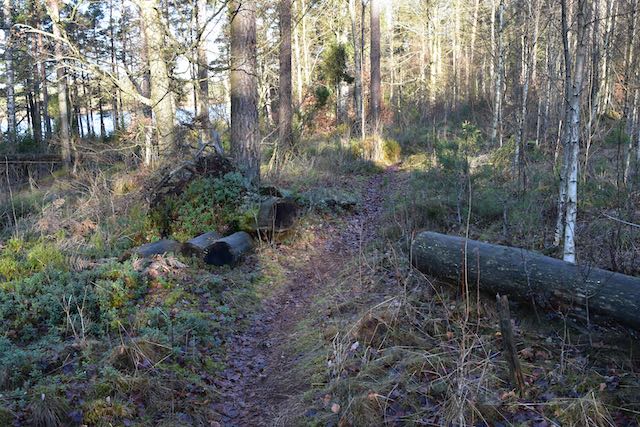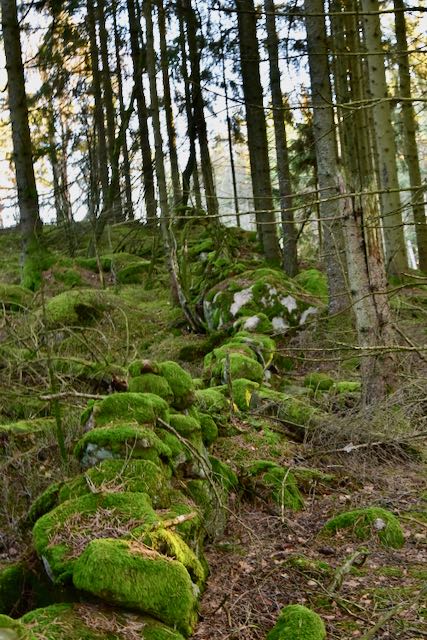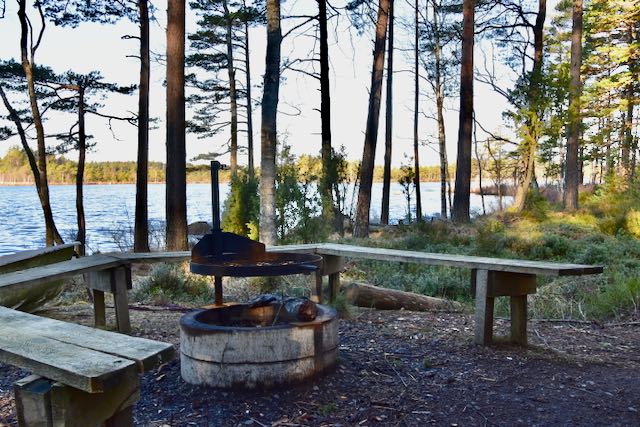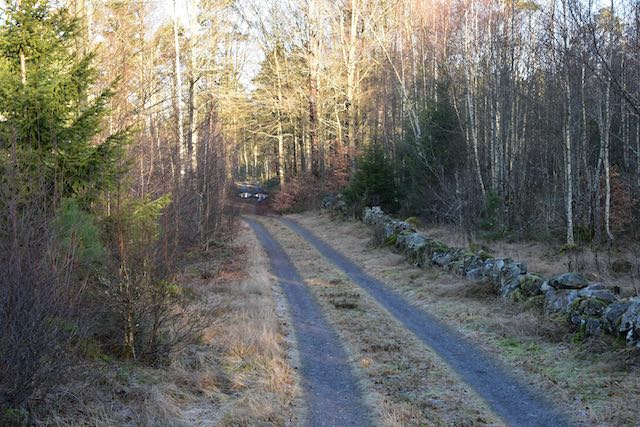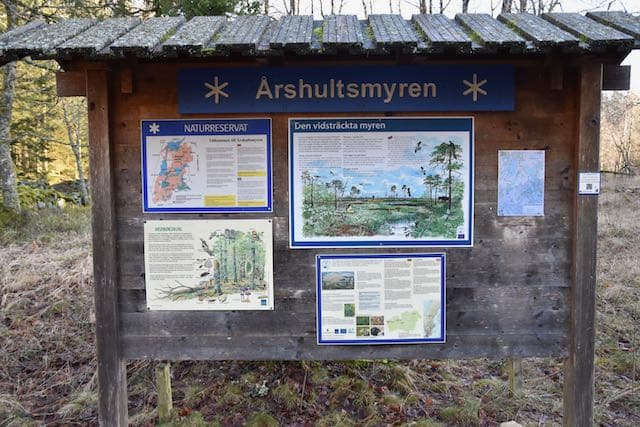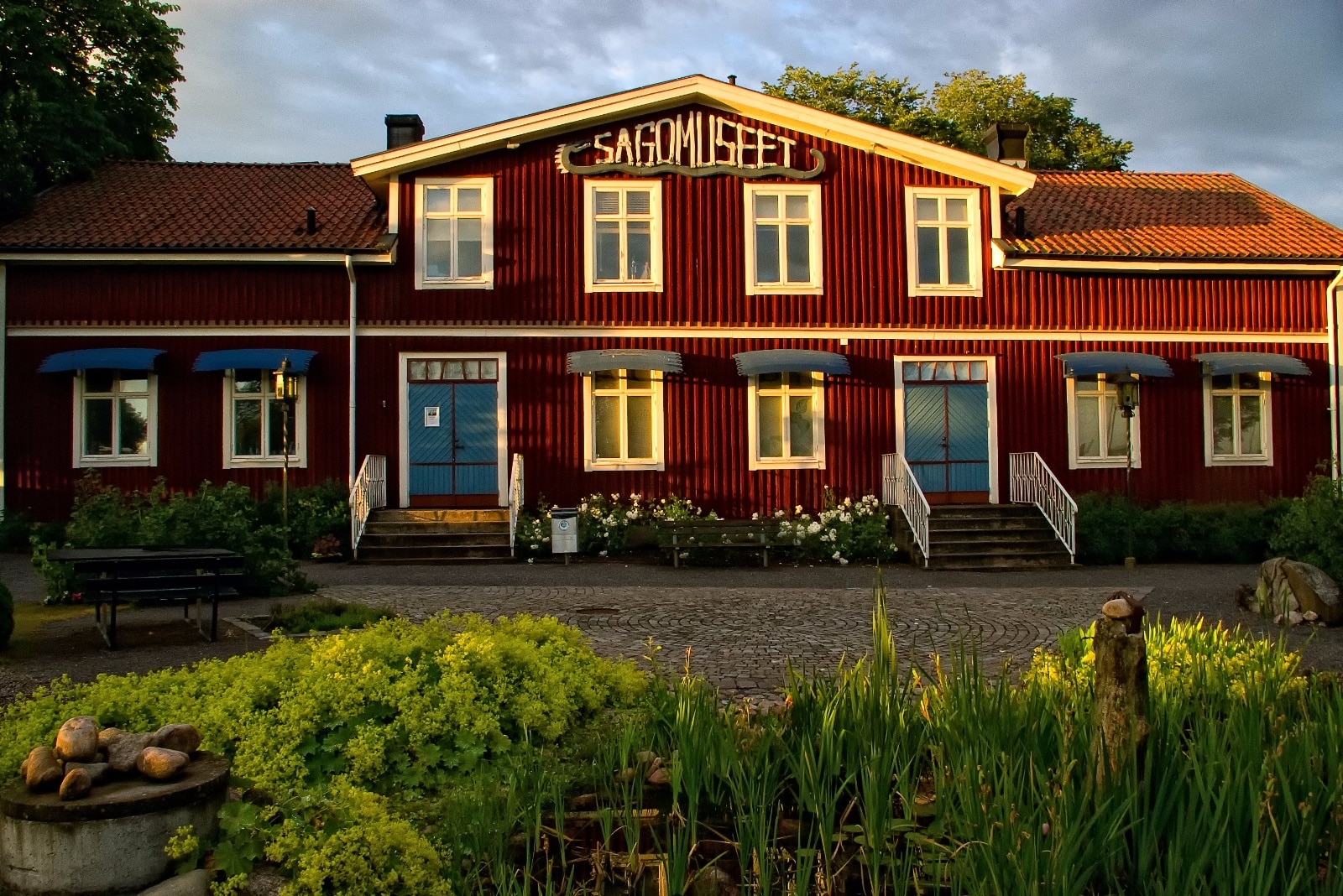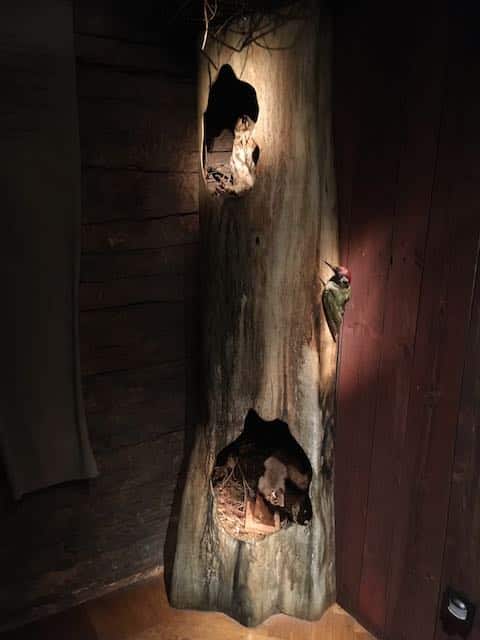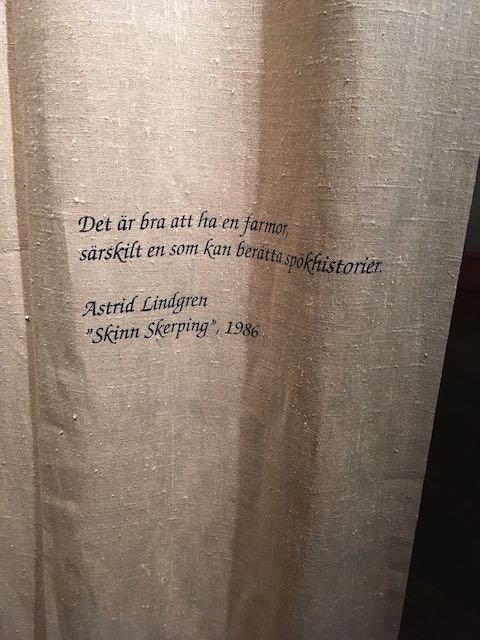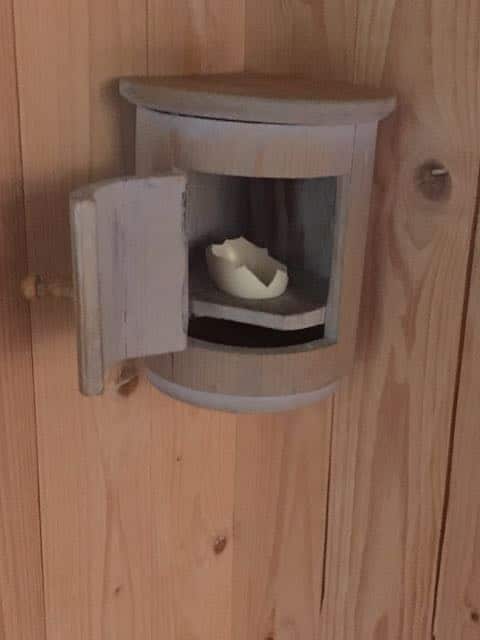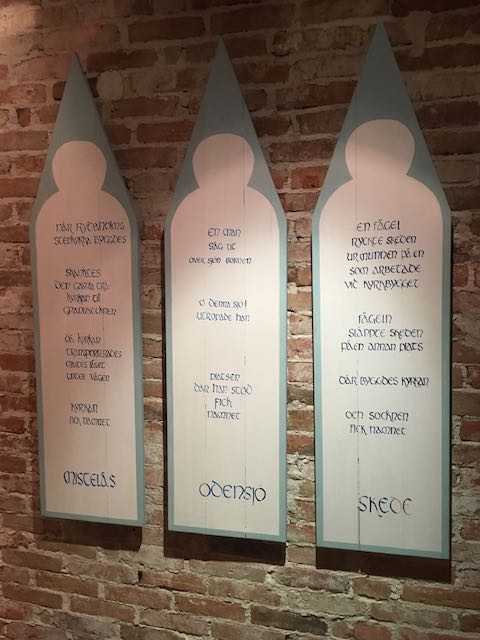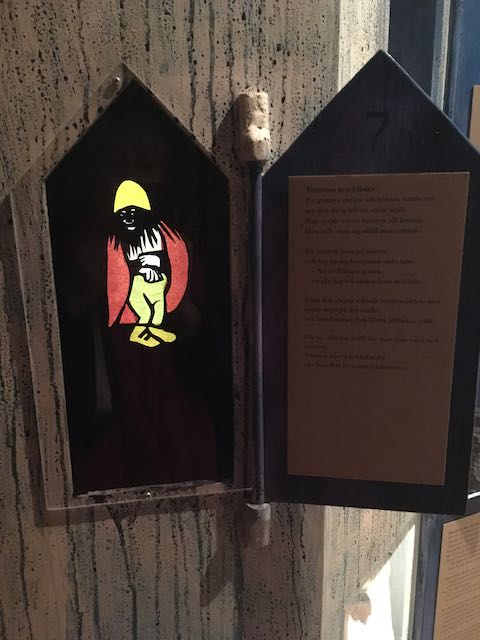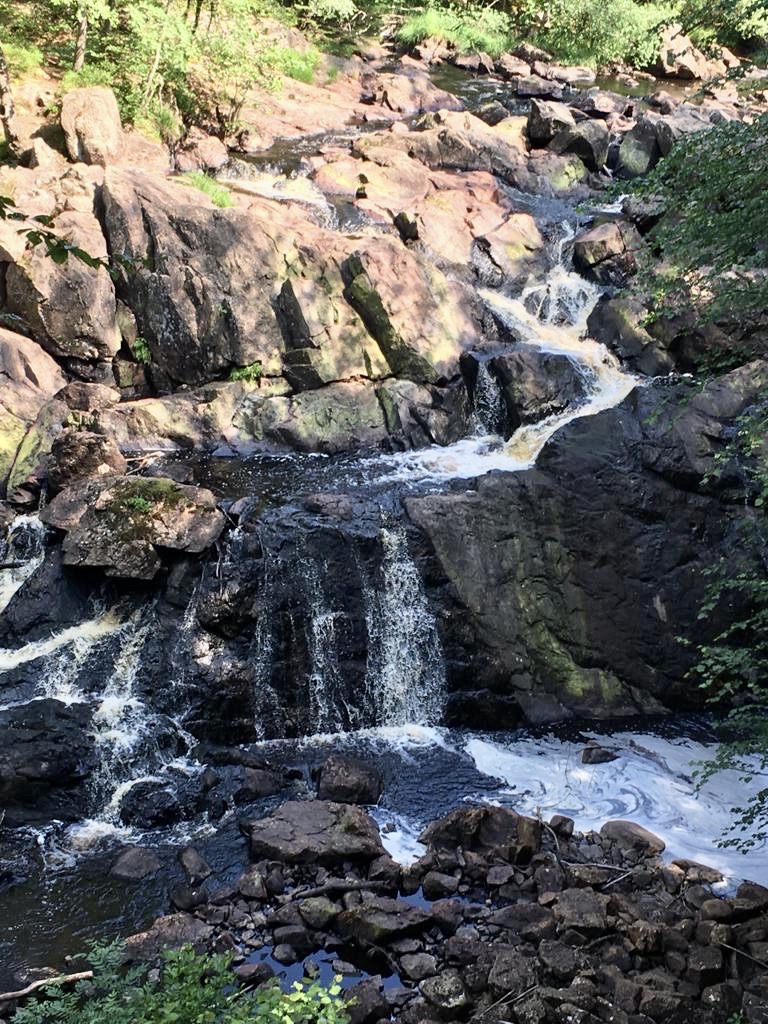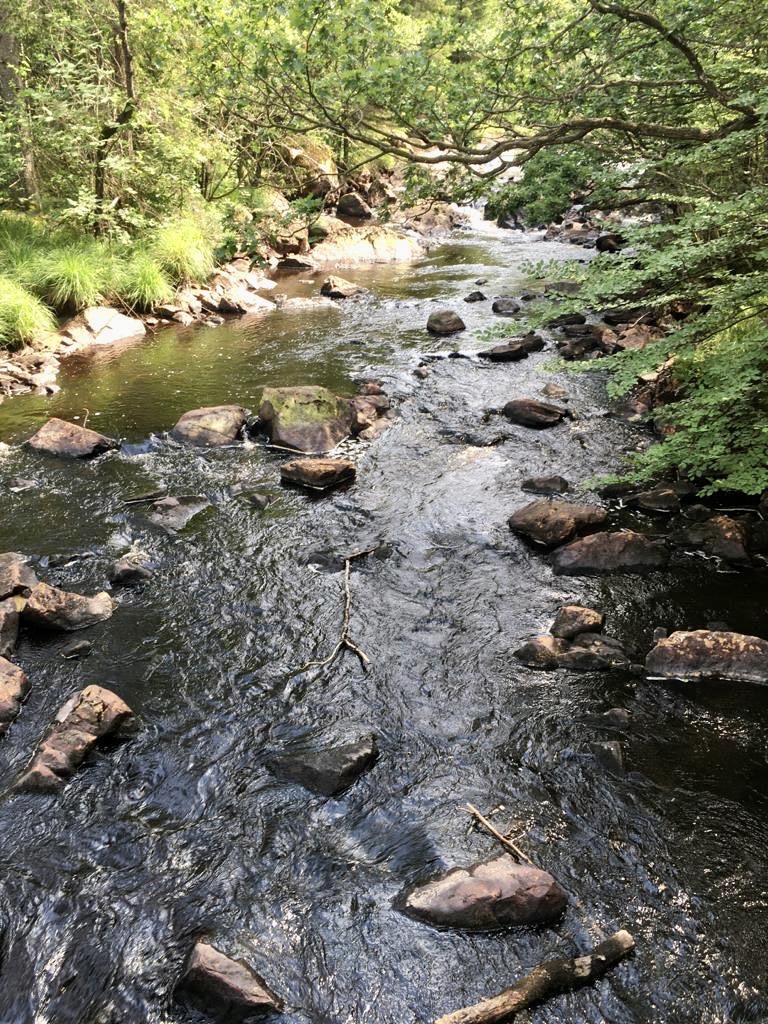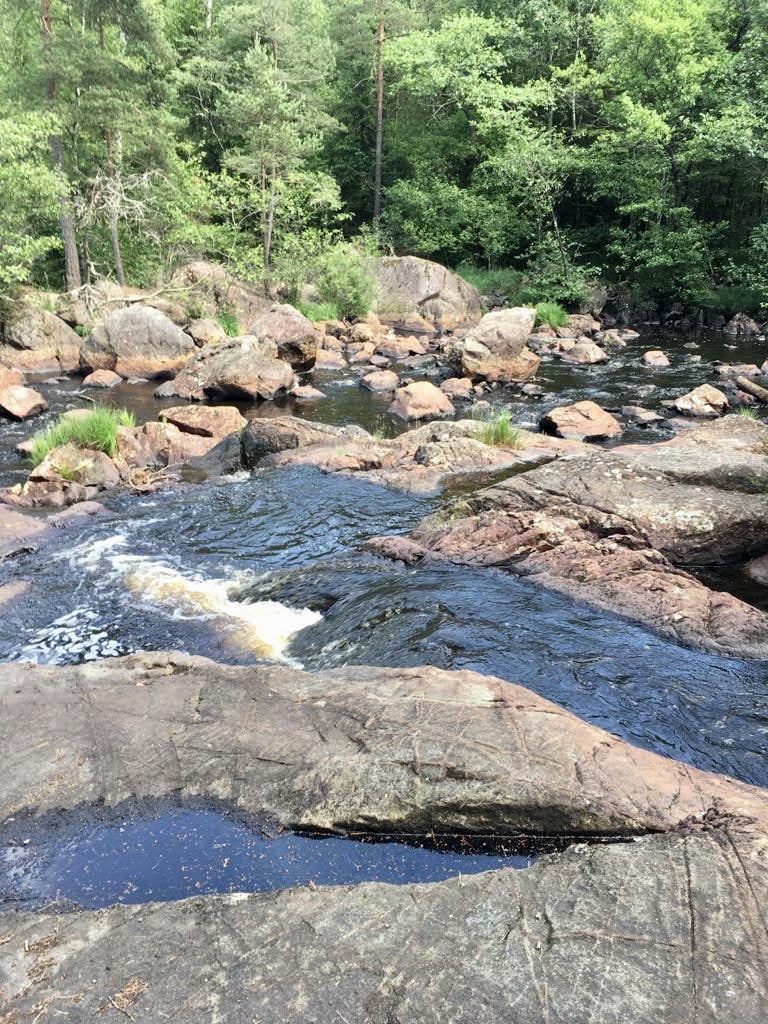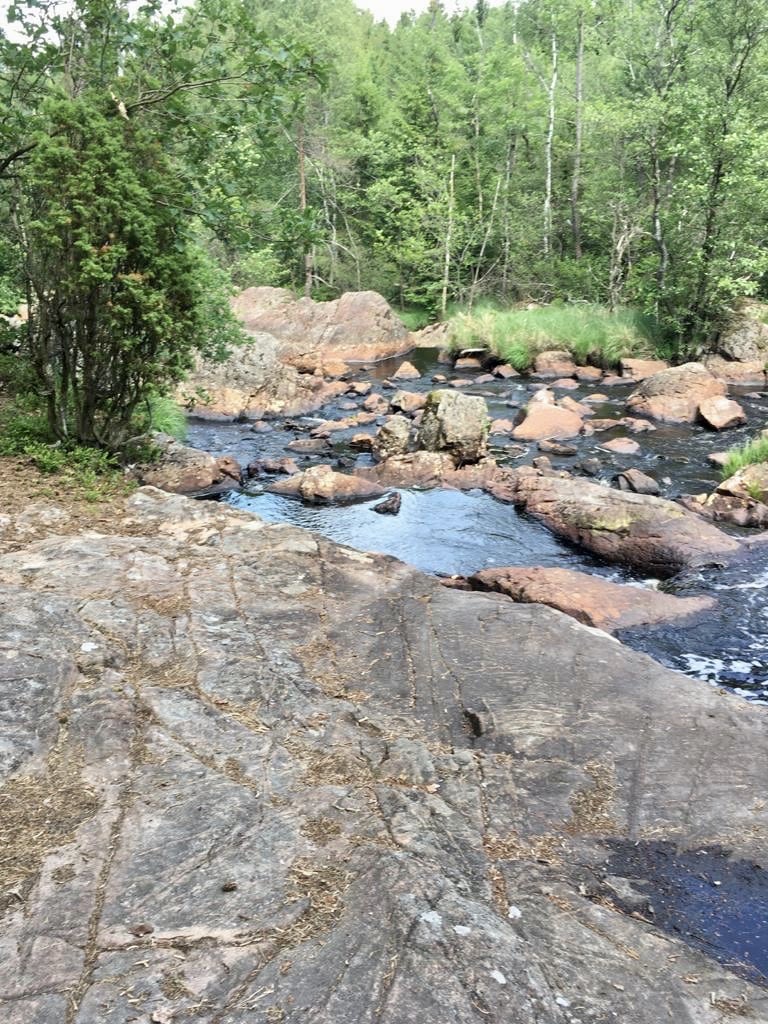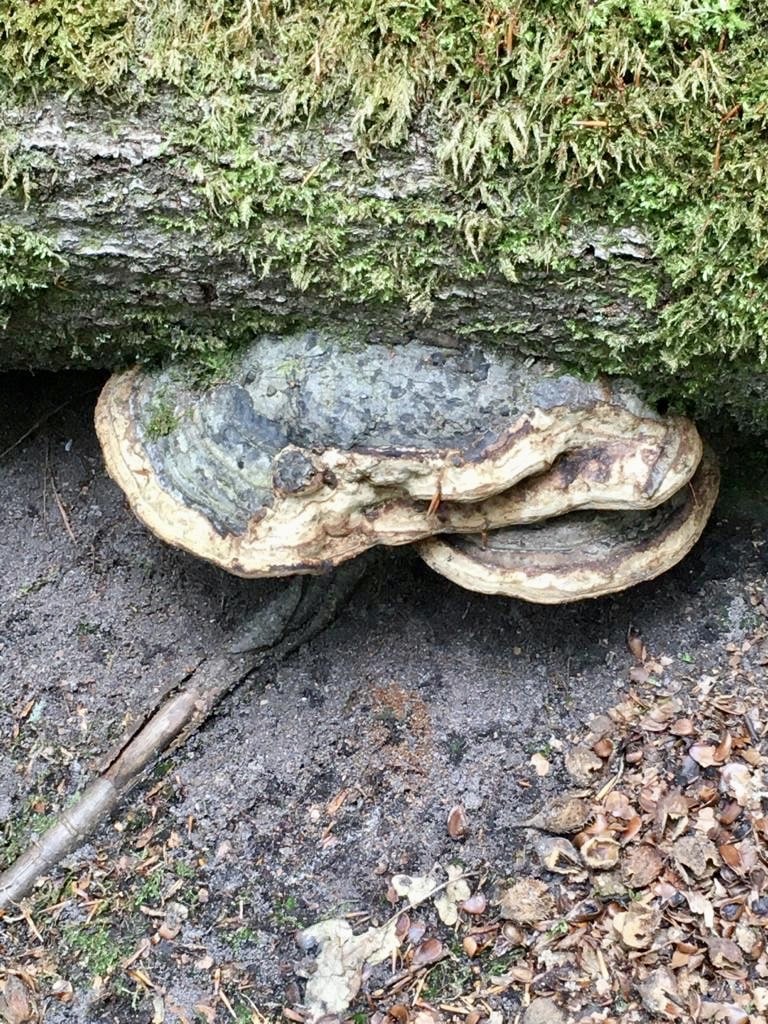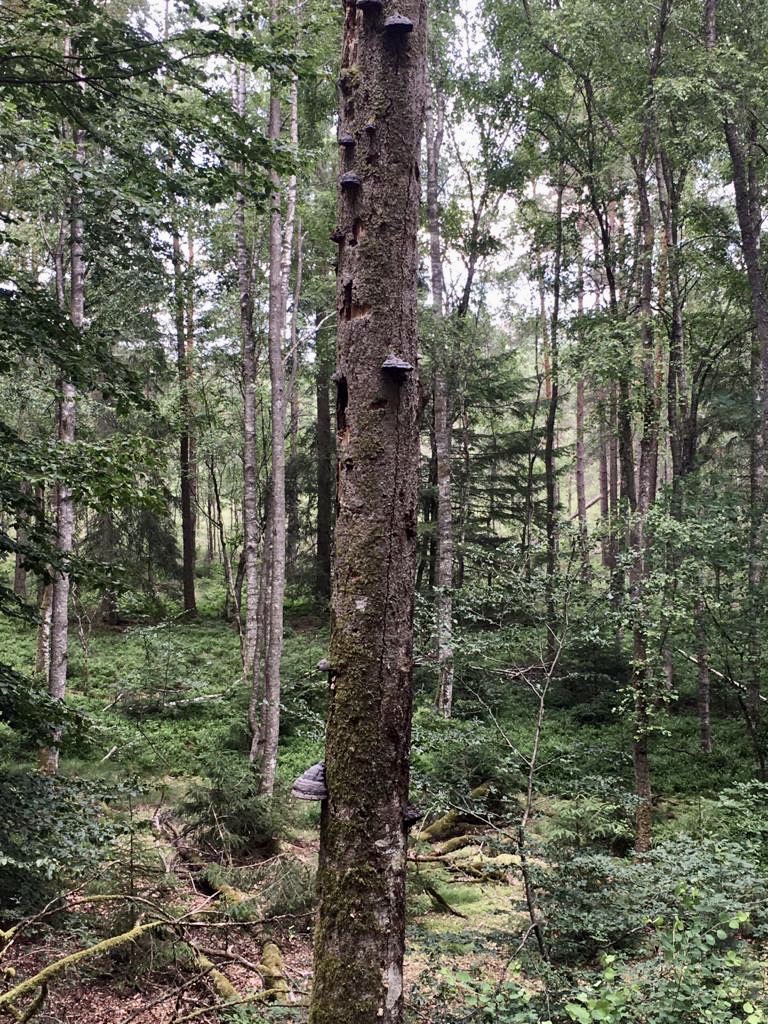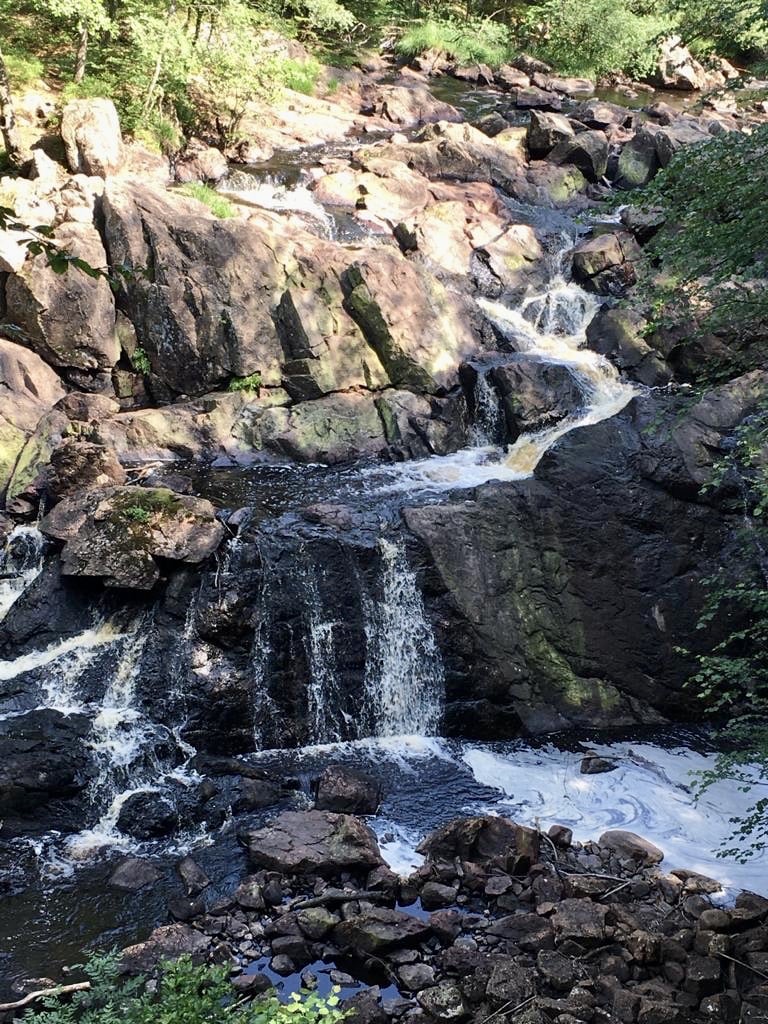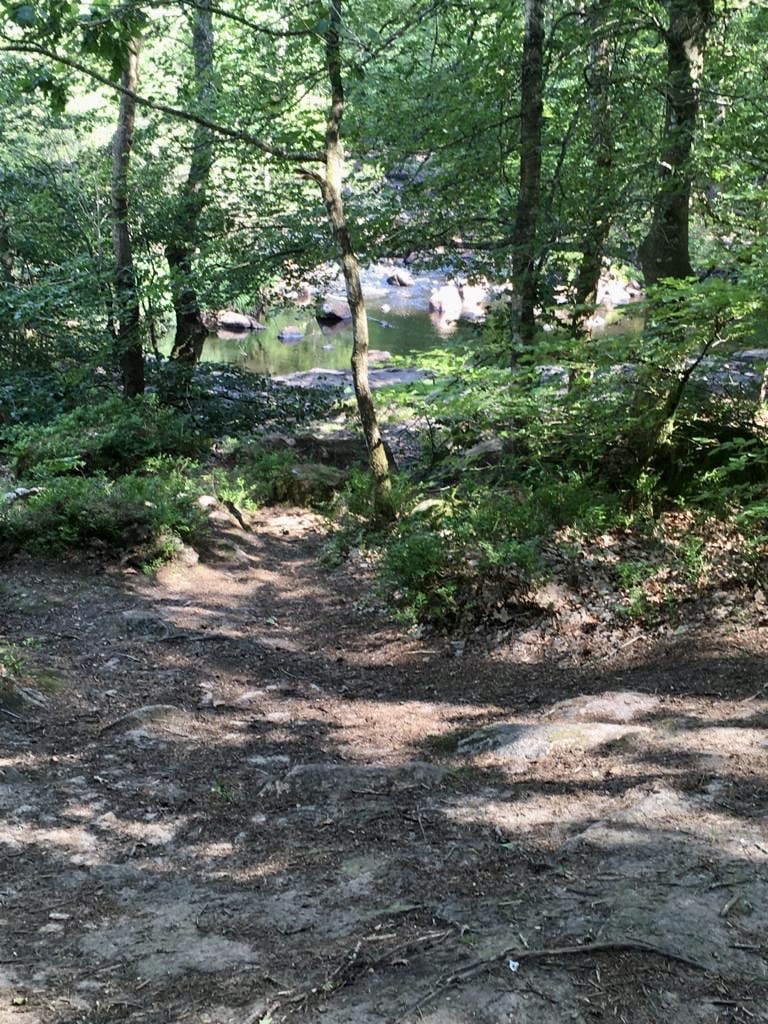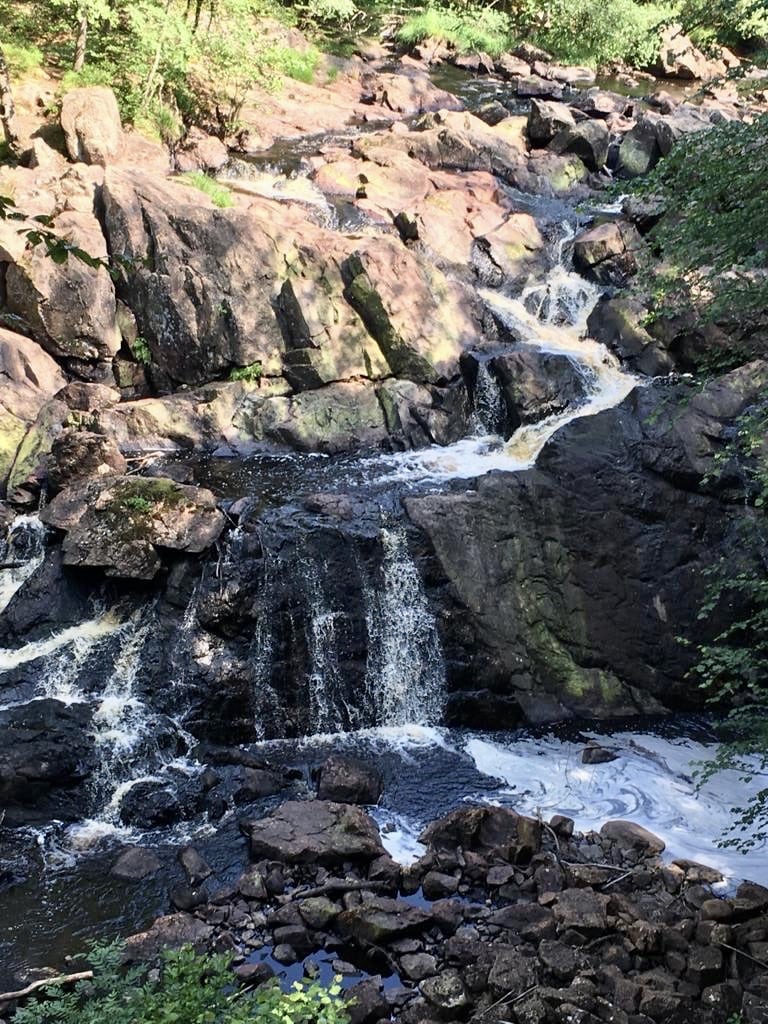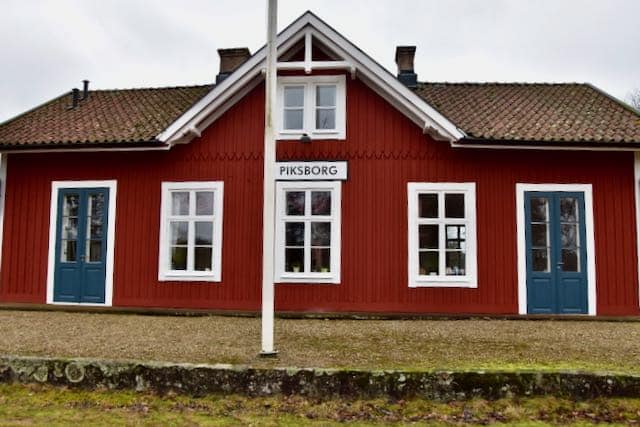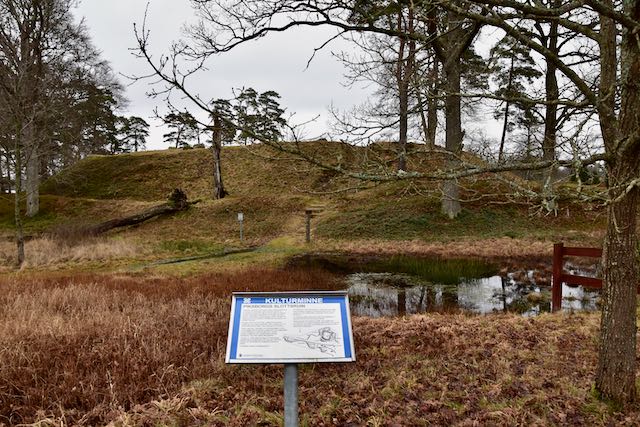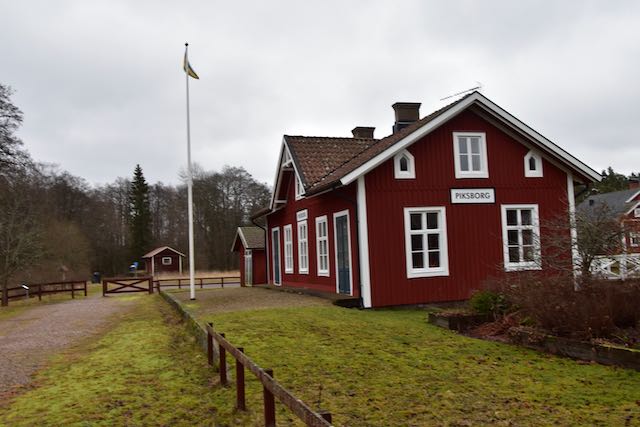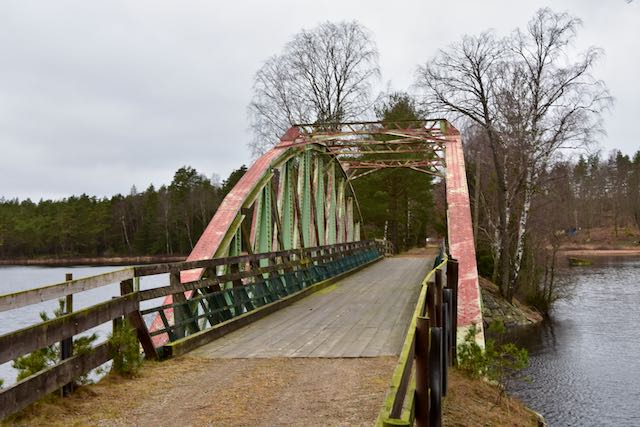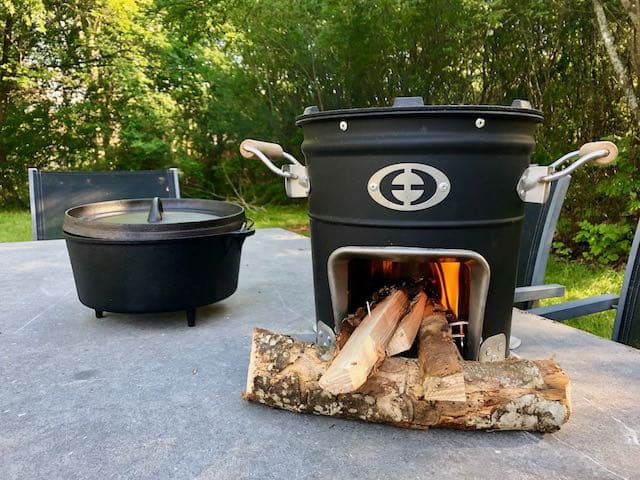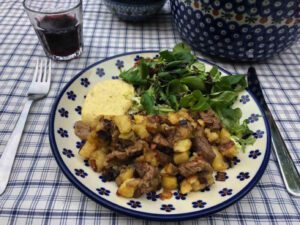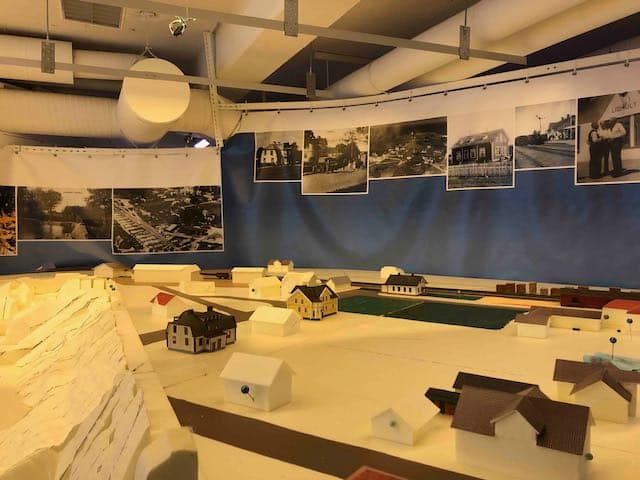Blue, Mous, Frog and Kwak welcome our guests
Suddenly, a number of cheerful animals have appeared on the fence posts… Blue, Mous, Frog and Kwak. They welcome the guests to our B&B Mooi Gula Huset!
Blue comes from the fairy tale about the girl Mytyl and her brother Tyltyl. They are looking for the Blue Bird, because they have heard from a fairy that they can cure their sick neighbor girl with it. On their search they experience exciting adventures, but they cannot find the Blue Bird.
Mous comes from the film that tells the story of a lonely mouse in a pet shop who longs to be bought by someone. However, because of his big ears, he is only laughed at. Will the mouse find a friend who will take him for who he is?
‘Frog, where are you’ is a sweet and endearing story about a boy who keeps a frog in a jar in his room. One morning, however, his frog has disappeared. Together with his dog, he goes in search of the escaped frog. They end up in one adventure after another.
Duckling Quack loves dirt and filth. When his family and friends think it’s getting too dirty, they start cleaning his house. But Duckling Quack isn’t happy about that. Luckily, he can do a bit of magic and he makes everything wonderfully dirty again.
Blue, Mous, Frog and Quack have already welcomed quite a few guests this year with a smile.
